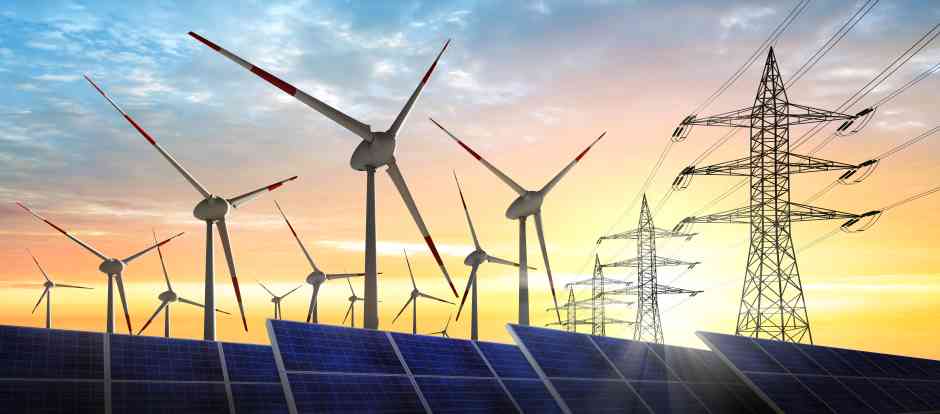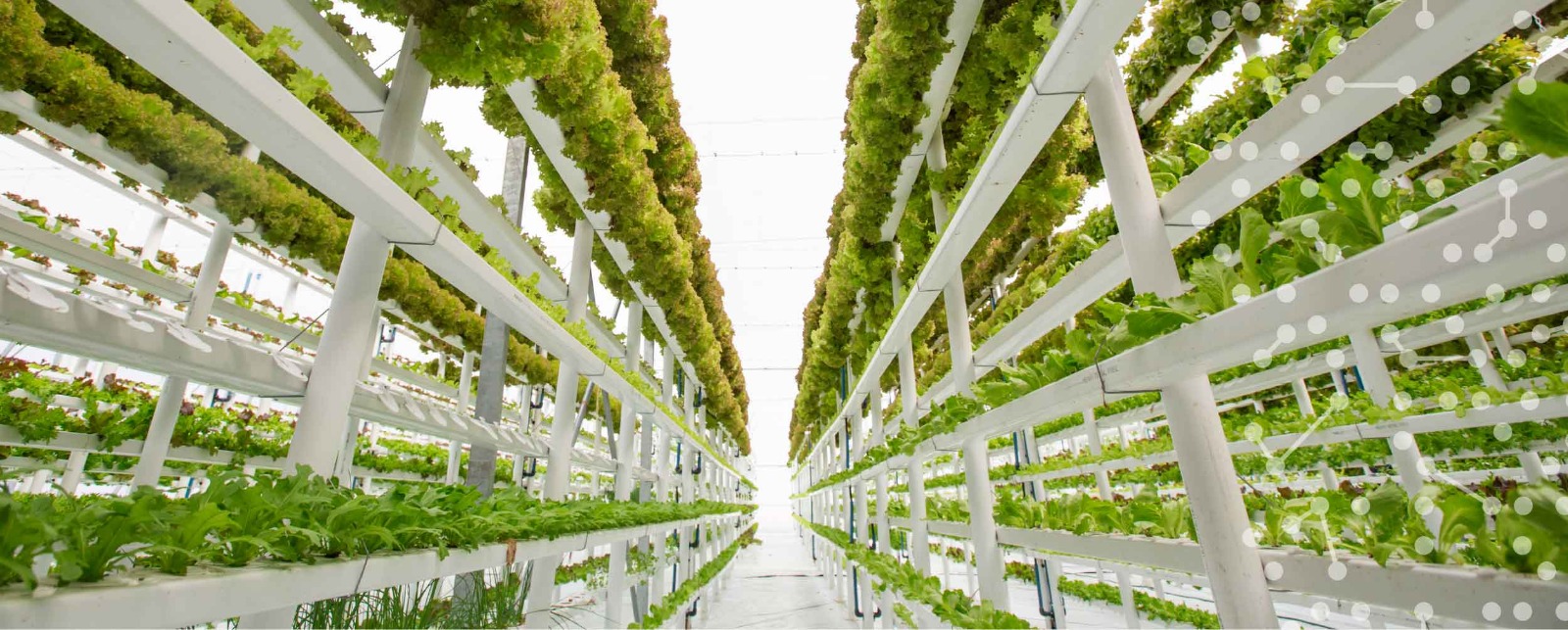The United Kingdom aims to reach carbon neutral target by 2050, corresponding policy and regulation changes is attracting significant investments in clean energy generation. Nevertheless, introduction of more distributed renewable generation, with its inherent intermittent nature, will make grid balancing more complicated and costly, particularly for large consumers that rely on electricity to provide products and services. On the other hand, the UK power grid is already tested to its limits during a harsh winter (temperature below -5C) with more strain to come with the electrification of heating and electric vehicle charging. An increase in flexibility is necessary to mitigate potential mismatches in supply and demand induced by these changes. Flexibility must be harnessed not only on the supply side but also on the demand side, an approach that is referred to as demand-side flexibility.
Sustainable Food Production System (SFPS)


The food production industry is responsible for approximately 26% of global Green House Gas emissions, of which 27% result from crop production. The farming sector is focused on increasing the productivity of food production processes by integrating automation and digitalisation into operations and using controlled indoor farming. This will enable farmers to have more granular visibility and control over the operation in real-time and harvest crops year-round as it is not weather or season dependent process. However, the requirement for energy (25% to 33% of operating cost) to replace the sunlight through LED technologies, and control of the growing environment, act as barriers.
Brits Energy has teamed up different key stakeholders in the Total Controlled Environment Agriculture sector, i.e. technology developers and growers, and is developing an integrated technological platform to maximise the benefits of digitally controlled crop production (speed up or slow down crop growth by managing the energy input) and linking this with local and national grid energy flexibility requirements.
The approach is to identify the flexible demand opportunities and use them to enhance resource efficiency of local energy systems, act as a bridge by integrating this flexible demand with grid demand-side response programmes in order to reduce the total cost of electricity and emitted CO2. Our analysis estimates that 30% cost and CO2 reduction is possible with our suggested approach.

